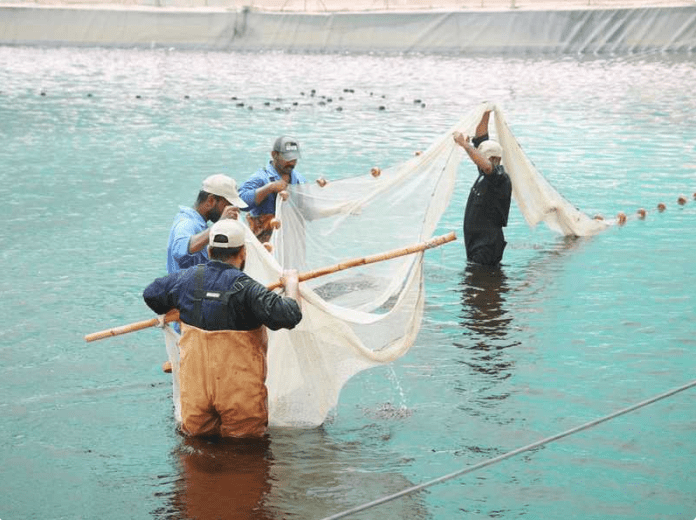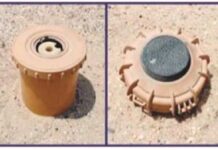The Kuwait Institute for Scientific Research announced that the institute has tasted success in the vannamei shrimp cultivation in commercial quantities, saying there is government tendency to establish commercial firms to farm marine organisms and market the produce.
A local Arabic daily quoting KISR sources said the process of harvesting shrimps in external farm of the institute in the Kabd expect to produce two tons per thousand square meters, while the survival rate of shrimp is 65%. KISR has imported the larvae from the Kingdom of Thailand. The size of a farmed shrimp was 15 cm, while its weight was between 15 and 16 grams.
The scientific researcher at the Environmental and Life Sciences Research Center at the Institute, Dr. Sherine Al-Subaie, said the aim of the project is to develop the importance of cultivating desert areas.
Al-Subaie stated that the Research Institute was able yesterday to harvest semi-commercially farmed shrimp in the external farm, and that the harvested quantities will be transferred to two parts, the first of which is for study, data collection and laboratory analyzes and circulated to farms wishing to implement projects, and another part to be distributed within the institute and with government agencies to conduct experiments to find out consumer opinions and taste polls, especially that it is a new type of
production cycle.
She added that the shrimp culture cycle takes 4 months, but in the institute’s experience inside the Kabd region, a period of 3 months was sufficient for production to reach the required size and weight, which ranges between 15 to 16 grams.
She stated that the culture experiment began last May, indicating that two kilograms were produced per cubic meter.
As for the cost of production, it indicated that it ranges between a dinar and a dinar and a half, and this depends on the type of feed and imported larvae, which is a variable number if there is a local feed factory and hatcheries in the country, indicating that the larvae used in the project were imported from Thailand because they are of high quality and possess certified hatcheries.
She explained that the project includes internal and external production in order to study the impact of the external environment and heat wave on production.
The officials of the Research Institute touched on some stages of shrimp farming and growth, starting with the acclimation stage for a period of two weeks, after which it is transferred to incubators for a period of 4 weeks, then turns to the juvenile stage and then transferred to the fattening stage to reach the appropriate weight.
They pointed to plans to establish feed factories and hatcheries in Kuwait as part of the country’s food security plan.
5 steps to enhance food security
01 – Expansion of farmed shrimp production
02 – Cultivate more types of fish
03 – Reducing the production cycle of shrimp in Kabd
04 – Direction to implement a fish complex project
05 – Strengthening scientific research in the field of food production

















